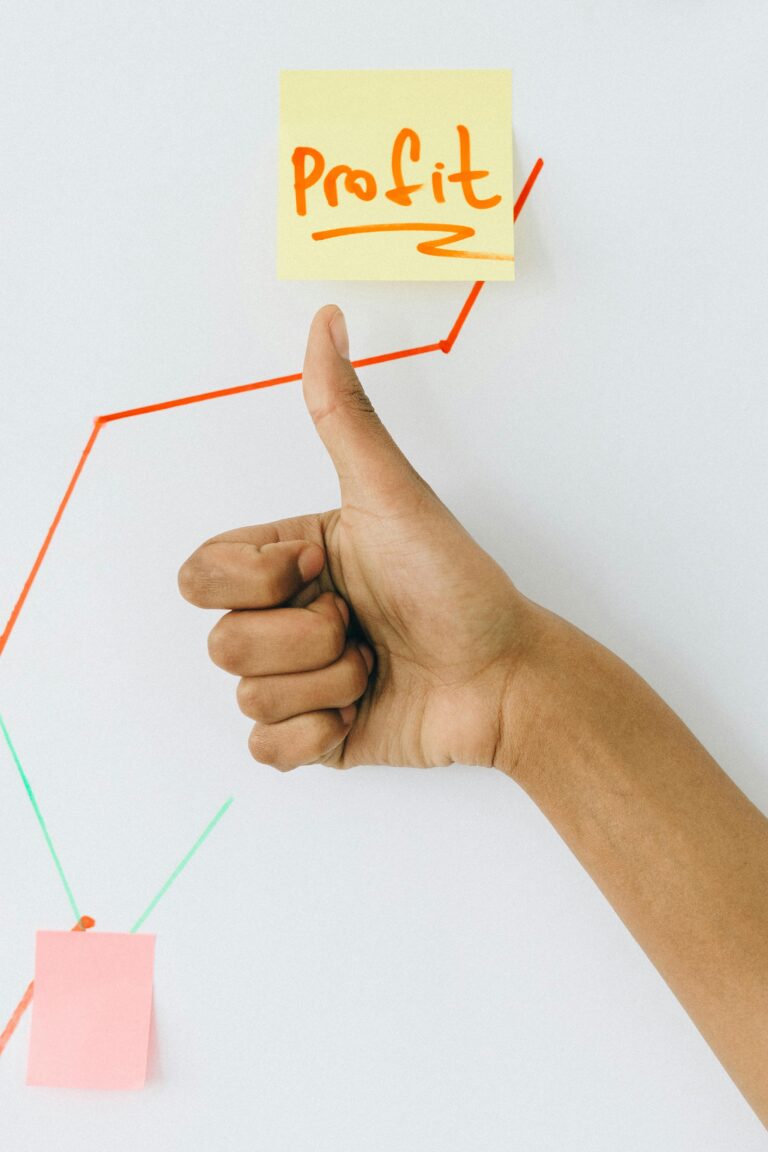Sustainable Profit: How Green Business Models Are Redefining Success
For much of modern history, success in business was measured by one metric—profit. The higher the revenue, the better the company was deemed to perform. But in today’s world, that narrow definition is rapidly changing. Consumers, investors, and employees alike are demanding that businesses do more than just make money—they must also make a positive impact.
Enter the era of sustainable profit, where companies are redefining success through green business models that balance financial growth with environmental and social responsibility. Sustainability is no longer a corporate buzzword—it’s a competitive advantage, a value driver, and a core part of how the most forward-thinking businesses operate.
1. The Shift from Growth at Any Cost to Purposeful Growth
Traditional business models often prioritized short-term profit over long-term stability. But as climate change, resource scarcity, and social inequality rise to the forefront, companies are realizing that ignoring sustainability comes with financial and reputational risks.
Modern consumers are increasingly conscious of where their money goes. A 2024 Nielsen survey found that 73% of global consumers prefer to buy from companies that prioritize sustainability. Investors are following suit, with environmental, social, and governance (ESG) factors now central to decision-making across major markets.
This cultural and economic shift is forcing businesses to evolve from “growth at any cost” to purposeful growth—where profitability and sustainability are not opposites, but partners.
2. How Green Business Models Work
A green business model focuses on reducing environmental impact while maintaining or even improving profitability. It’s about creating circular systems where waste is minimized, resources are reused, and products or services are designed with sustainability in mind.
Some companies achieve this through cleaner production methods—using renewable energy, eco-friendly materials, or carbon-neutral manufacturing. Others focus on circular economy principles, where products are designed to be repaired, recycled, or repurposed instead of discarded.
For example, clothing brands like Patagonia encourage customers to repair or trade in old garments rather than buy new ones. Tech companies like Dell are reclaiming electronic waste and repurposing components. Even small businesses are embracing local sourcing, composting, and low-impact packaging to reduce their footprint.
The key is simple: sustainability isn’t a side project—it’s built into the business model from the start.
3. Profit and Planet Can Coexist
Contrary to outdated beliefs, going green doesn’t mean sacrificing profitability. In many cases, it enhances it.
Energy efficiency reduces utility costs. Waste reduction lowers disposal fees. Sustainable sourcing strengthens supply chain resilience. And eco-friendly innovation opens up entirely new markets.
Take Tesla, for instance. What began as a niche electric vehicle company has grown into a multi-billion-dollar leader, driving the automotive industry toward renewable energy. Similarly, Unilever’s “Sustainable Living Brands”—products designed with clear social or environmental purposes—consistently outperform the rest of its portfolio in both growth and customer loyalty.
Sustainable profit is built on the idea that doing good and doing well are not mutually exclusive—they’re mutually reinforcing.
4. The Role of Innovation and Technology
Technology is at the heart of most green transformations. From AI-powered energy management systems to blockchain-based supply chain transparency, innovation allows businesses to measure, manage, and minimize their environmental impact with greater accuracy.
Smart buildings adjust lighting and temperature automatically to conserve energy. Cloud computing reduces the need for physical data centers. Even logistics companies are using analytics to optimize routes and lower fuel consumption.
As renewable technologies like solar, wind, and battery storage become more affordable, the economic case for sustainability grows stronger every year.
5. Measuring Success Beyond the Bottom Line
The most progressive companies are expanding how they measure success. Instead of focusing solely on quarterly earnings, they track metrics like carbon reduction, resource efficiency, and social impact.
Reporting frameworks such as the Global Reporting Initiative (GRI) and B Corp certification are helping standardize accountability, allowing stakeholders to see which businesses are walking the talk. These metrics don’t just appeal to regulators—they attract top talent, loyal customers, and long-term investors who value responsible growth.
When a company aligns purpose with profit, it doesn’t just perform better—it becomes more resilient in an uncertain world.
6. Challenges on the Road to Green Profitability
Transitioning to a sustainable business model isn’t without obstacles. Initial costs for new technologies, supply chain changes, and certifications can be high. Some industries face regulatory complexities or lack of infrastructure to support full-scale transformation.
However, the long-term benefits far outweigh the short-term challenges. Companies that invest in sustainability today are safeguarding their future against rising energy prices, resource scarcity, and reputational risk.
The age of shareholder capitalism is giving way to the age of stakeholder capitalism, where success is defined not just by earnings, but by impact. Businesses that integrate sustainability into their core strategy aren’t just protecting the planet—they’re future-proofing their profits.
Sustainable profit represents the next evolution of business thinking: an economy where responsibility and profitability grow hand in hand. The companies leading this movement aren’t just building brands—they’re building a better world, one green decision at a time.







